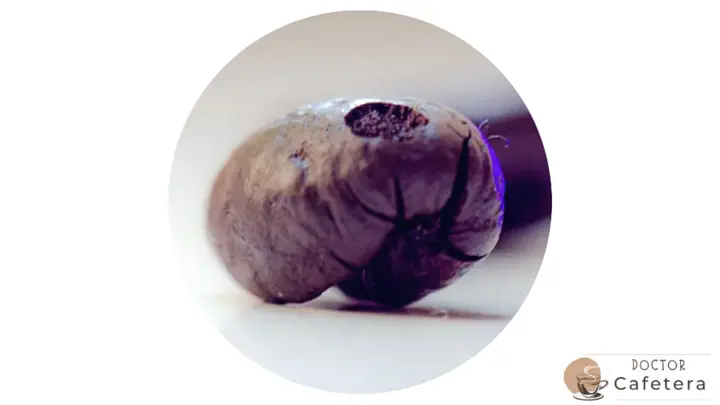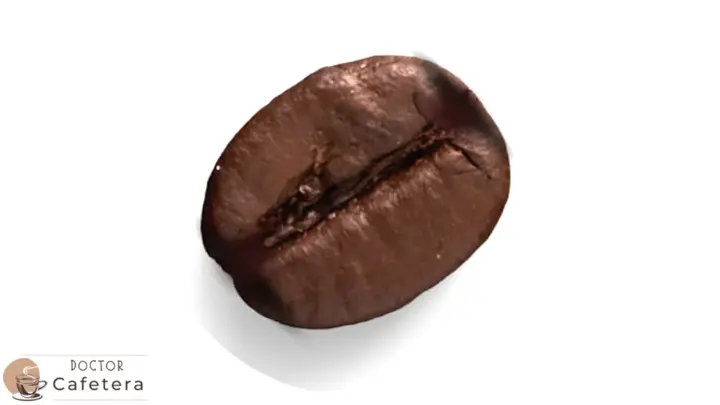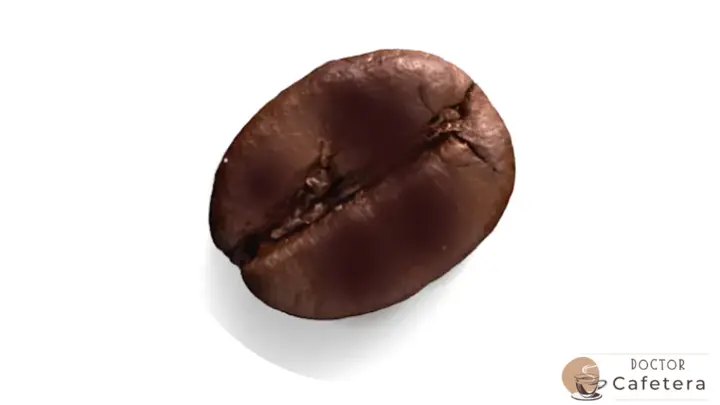The process of roasting coffee requires a precise combination of knowledge and experience, which, if not approached with mastery, errors can appear. Even if the coffee beans acquire a brownish tone during roasting, this will not guarantee a correct roasting since undesired defects could be hidden.
The defects that coffee acquires during roasting can significantly affect the quality and final flavor of the beverage. I will explain some common defects in coffee roasting and their impact in this article.
The 4 main defects of roasting
The roaster’s work involves applying the right heat at the right time and in the right way to achieve the highest quality in each cup of coffee.
In addition, roasters can add their personal touch to each bean and eliminate any defects it may have. However, if not performed correctly, four main defects can arise in the roasting process:
- Scorching
- Tipping
- Facing
- Baking
Both the roaster and the consumer must be able to identify each of these defects and understand their causes to identify a coffee that has been incorrectly treated and processed.
1. Scorching
One of the most common defects in dark and very dark roasted coffees is the phenomenon known as “scorching”. This defect manifests as a visible irregularity on the hump opposite the flat face of the bean, which later becomes a black crater.
There are several causes of scorching:
- Contact of the bean with a roasting surface that is too hot causes adhesion of the bean to the wall of the roasting surface.
- The rotation speed of the surface where the coffee is to be roasted generates a centrifugal effect similar to that of a washing machine, which pushes the beans toward the walls.
- The overload of coffee in the roaster impedes the constant and adequate movement of the beans.
In terms of the flavor and quality of the coffee in the cup, scorching results in a lower-quality beverage with possible undesirable aromatic notes.
2. Tipping
Another common defect in the roasting process is tipping. It is characterized by the appearance of black spots on the flat face of the coffee bean at the ends of the groove, as well as darker spots at both ends.
The causes of tipping are as follows:
- The bean receives an excessive amount of heat during the roasting process.
- The bean remains in contact with the roasting surface for a prolonged time.
As for the resulting cup of coffee, aromatic burnt and smoky notes can be expected, along with an increased bitterness and a slight astringency.
3. Facing
The defect known as “facing” appears on the flat face of the coffee bean, presenting black spots of different sizes, both large and small.
The causes of coffee bean facing are as follows:
- The bean receives an excessive amount of heat during the roasting process.
- The bean has a prolonged contact time with the interior roasting surface, generally due to a too-high rotation speed and the resulting centrifugal effect.
As for the cup of coffee, it produces aromatic notes of burnt and smoked, as well as an increase in bitterness and a slight astringency.
4. Baking
The baking defect is a problem that cannot be detected visually in the bean; however, it can be clearly identified during the cupping phase.
There is a reason why baking is reflected in the coffee beans:
- The roasting process is prolonged longer than necessary at too low a temperature. This prevents the bean from reaching its full aromatic potential and does not undergo the proper chemical and physical changes to develop fully.
In terms of the resulting cup of coffee, a decrease in acidity, sweetness, and bitterness is observed, and the aromatic complexity is considerably reduced.
Other common defects in coffee roasting
In addition to the four main defects mentioned above, other problems can arise during the coffee roasting process. These include under-roasting, over-roasting, quaker, and black beans.
Under-roasting
This defect is produced when the coffee beans are not roasted sufficiently. The result is a coffee with a poorly developed flavor and aroma.
A pale color and a lack of adequate caramelization of the sugars in the beans characterize sub-roast. Under-roasted coffee can have an herbaceous or astringent flavor in the cup, with pronounced acidity but little body.
Over-roasted
Unlike under-roast, over-roast occurs when the beans are over-roasted. Over-roasted beans have a very dark, almost charred color.
Over-roasting can produce a bitter and burnt flavor with dominant smoky notes. Over-roasted coffee can also have an oily texture and lack balanced acidity.
Quaker
Quaker is a defect affecting raw coffee beans that have not developed properly during ripening.
During roasting, these beans do not reach the proper coloration and development, resulting in a pale-colored bean and a denser texture. In the cup, coffee with Quaker beans can have a flat and less pronounced flavor, lacking sweetness and aromatic complexity.
Black beans
Black beans are coffee beans that have been burned or charred during roasting. Intense black color and a charred appearance characterize these beans. Black beans can impart an unpleasant bitter and smoky flavor to the coffee.
It is recommended that black beans be removed before grinding or preparation to prevent them from negatively affecting the flavor of the coffee.
Conclusion
Coffee roasting is a critical process that requires skill and knowledge to obtain the best results. Defects in roasting can significantly affect the quality and final flavor of the final cup of coffee.
Roasters and consumers must be able to identify and understand these defects to ensure a satisfactory coffee experience.
For coffee aficionados who wish to improve their ability to identify defects in coffee, it is recommended to participate in coffee cuppings, purchase fresh beans, experiment with different varieties and roast profiles, seek out trusted roasters, and connect with the coffee community.
Ultimately, by understanding coffee roasting defects and applying this knowledge to coffee selection and preparation, aficionados can enjoy high-quality coffee cups with exceptional flavors and aromas.



